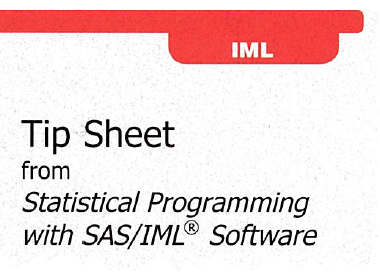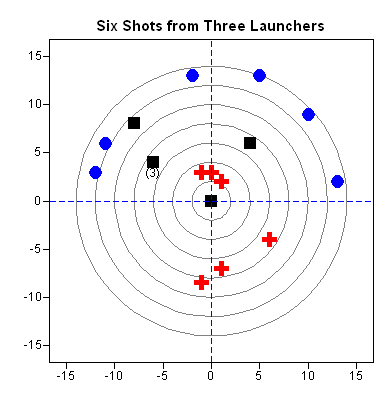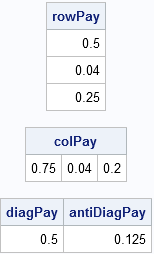
If you haven't signed up for SAS Global Forum 2011 in Las Vegas, you'd better get moving: February 28 is the last day for early registration and the discounted hotel prices. You should also sign up for the pre-conference statistical tutorials, which are filling up fast! I was tempted to










